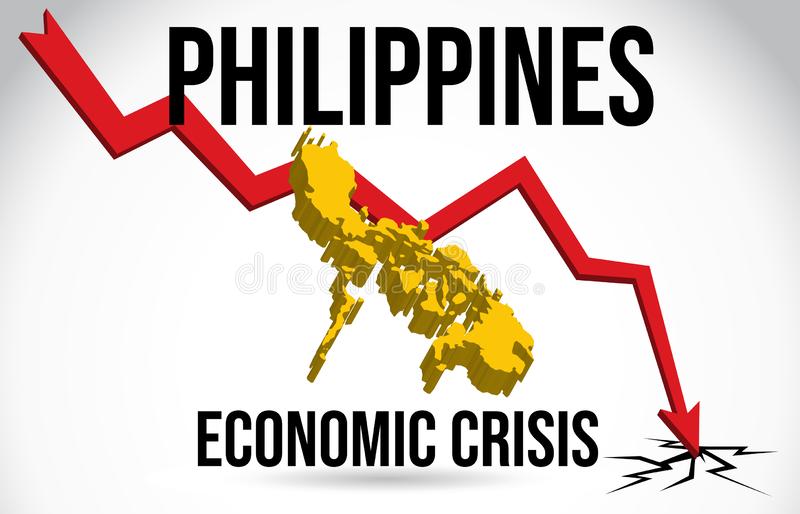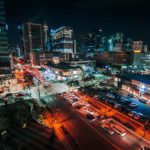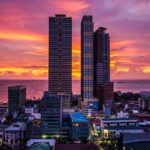Recessions are difficult times. Some people lose their homes, struggle to pay their bills, and lose their jobs. There are fewer opportunities for luxuries like vacations and night out, and less money is available for necessities like food and medical care. We look at what economic recessions are, the warning signs of one, and what you can do to best weather it in this article.
A prolonged drop in economic activity that lasts longer than a few months is known as a recession. Traditionally, it is identified by GDP declines in two consecutive quarters. Several economic indicators typically decline during recessions, including:
1. Income
2. Employment
3. Manufacturing
4. Retail sales
A recession is a prolonged period of a significant decline in economic activity that is visible in real GDP, real income, employment, industrial production, and wholesale-retail sales.
The market value of all final goods and services produced by a nation over a given time period is measured by GDP, or gross domestic product. By “real” GDP, we mean that inflation has been removed from that number.
GDP is typically calculated every quarter and reported annually. GDP can be negative in some quarters while it can be positive in others. Economic managers also closely monitors the following four aspects of a recession, which are in part due to these fluctuations in quarterly GDP: monthly reports include income, employment, manufacturing, and retail sales.
What causes recessions?
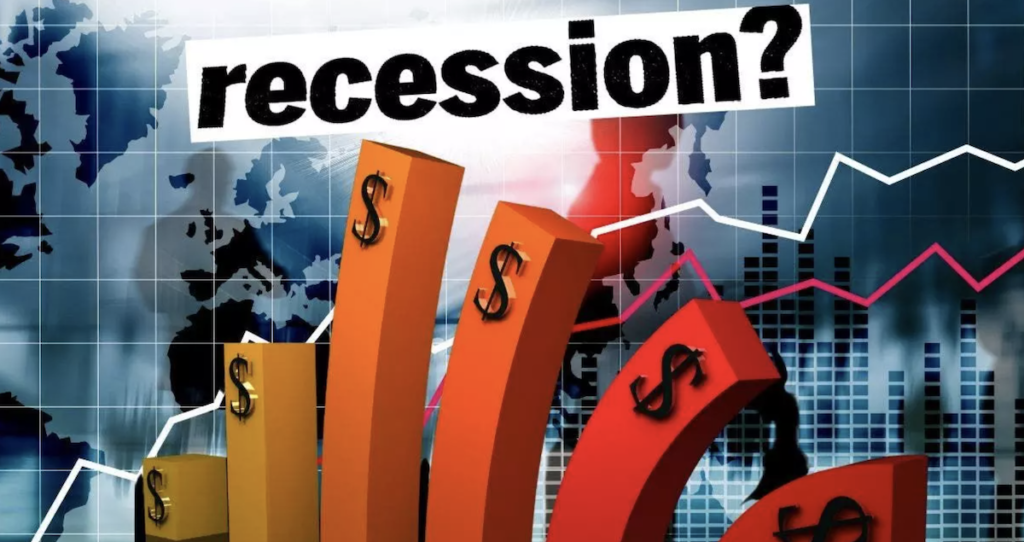
When the following occurs, recessions happens:
1. A decline in actual income: Inflation-adjusted real income does not include benefits like Social Security or welfare. Consumers reduce their spending when real income falls, which reduces demand.
2. Lower sales at retail and wholesale: Sales usually drop when there is less demand for goods and services. Inflation-adjusted sales figures show how businesses responded to consumer demand.
3. Employment decline: A decrease in employment and an increase in requests for assistance from the unemployment insurance program are both a result of lower economic activity.
4. A decline in manufacturing: Manufacturing typically experiences a decline during a recession, as measured by the Federal Reserve’s Industrial Production Report.
5. A decrease in monthly GDP projections: Macroeconomic Advisers’ monthly GDP estimates are also examined by Economic managers.
The stock market’s behavior is not indicative of a recession. This is due to the fact that public company earnings are used as a basis for stock prices, which frequently serve as leading indicators. As investors anticipate the downturn, the stock market may fall before one occurs. A bear market, which occurs when the market falls by 20% or more over at least two months, may occur in the stock market. Due to decreases in net wealth, significant declines in the stock market can directly contribute to a recession.
Recessions and the Five Stages of the Economic Cycle
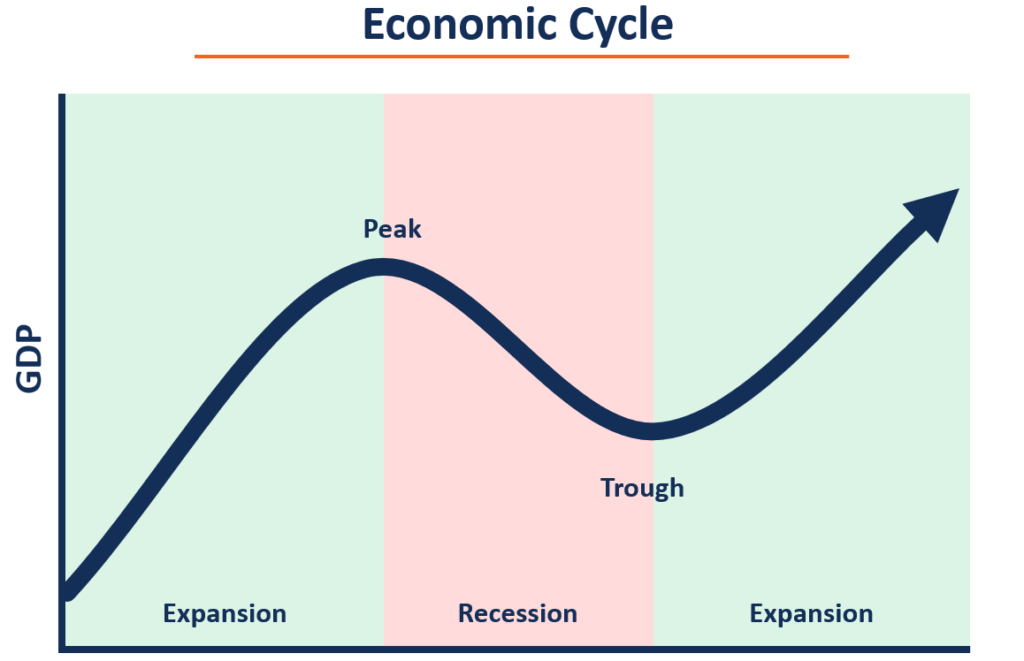
A recession is one of the Five Stages of the Economic Cycle. The Business Cycle is another name for the Economic Cycle. It consists of the following stages:
‣Recession: growth slows, the rate of employment falls, but prices stagnate, meaning they stay the same
‣Trough: the economy hits its lowest point
‣Recovery: growth begins again
‣Expansion: the economy grows rapidly, interest rates are low and production goes up, however, inflationary pressures are building
‣Peak: when growth hits its maximum rate, imbalances in the economy occur that will be corrected by a recession
U.S. Historical Recession Examples

1. 2020 Pandemic Recession
The Covid-19 pandemic caused the worst recession since the Great Depression with the U.S. economy contracting by record amounts in 2020. In April 2020, 20.8 million jobs were lost, and the unemployment rate reached 14.7%. The unemployment rate remained in the double digits until August 2020.
The stock market experienced what is now known as the 2020 stock market crash near the onset of the pandemic. To combat this recession, the Federal Reserve lowered the fed funds rate to 0% and Congress issued $3.8 trillion in aid. In response to these measures, in Q3 2020, the economy grew by 33.1%. Officially, the recession was one of the shortest on record.
2. 2008 Great Recession
The Great Recession began in Decem measures, in Q3 2020, the economy grew by 33.1%. Officially, the recession was one of the shortest on record.
ber 2007 and lasted until June 2009. The subprime mortgage crisis and the widespread use of derivatives triggered a bank credit crisis which then spread to the global economy.
In 2008, GDP shrank in Q1, Q3, and Q4, dropping 8.4% in Q4. In 2009, GDP dropped in Q1 and, in October 2009, the unemployment rate reached 10%. In Q3 2009, GDP became positive and the government declared the recession over.
3. 2001 Dot-Com Bubble Burst Recession
Lasting just eight months, from March 2001 to November 2001, the economy contracted by 1.1% in Q1 2001 and by 1.7% in Q3 2001. This recession was caused by a boom followed by a bust in dot-com businesses. Part of that boom was caused by companies’ concerns over the change from “19XX” dates to “20XX” dates in their computer software. This recession was further exacerbated by the attack on 9/11.
How are investors and non-investors affected by recessions?
Investors typically move away from speculative investments and toward safer securities like government bonds during recessions or in advance of one. Equity investors avoid taking on risk by investing in established, high-quality businesses with strong balance sheets and low debt. It’s possible that businesses with a lot of debt and low cash flow won’t be able to pay off their debts and cover the costs of running their business.
The consumer staples sector is one sector of the stock market that typically stays more stable during recessions. This industry’s businesses produce and sell: products such as tobacco, alcohol, food, beverages, household goods, and tobacco tend to be purchased by consumers regardless of their financial situation. These are the last items on consumers’ shopping lists, and they are referred to as non-discretionary products.
US recession effects on the Philippines

If the United States experiences a recession, it may have a significant impact on the Philippines. One of the world’s largest economies, the US could experience a decline in investment, trade, and economic activity as a result of a recession. This could have a number of effects on the Philippines.
Remittances: One of the largest recipients of remittances from abroad is the Philippines, with a significant portion coming from Filipino workers abroad working in the United States. Job losses and a decrease in remittances to the Philippines could result from a recession in the United States.
Exports: The Philippines is also a nation that prioritizes exports, with the United States accounting for a significant portion of its exports. In the event of a recession in the United States, there may be less demand for Philippine exports, which could hurt the export industry and cause job losses.
Investments: Foreign direct investment (FDI) into the Philippines could also decrease in the event of a recession in the United States, as investors become more wary of taking risks and reduce their investments in developing nations like the Philippines.
Tourism: Finally, a US recession could also have an impact on the Philippine tourism industry because Americans may reduce their spending on travel during tough economic times.
However, the severity and duration of a recession in the United States, as well as the capacity of the Philippine government and private sector to respond to and mitigate the effects, will all have an impact on the Philippines’ specific impact.
According to recent economic data released by the Philippine government, the potential impact of a recession in the United States on the Philippines is expected to be mitigated in comparison to previous economic downturns. Despite this, the Philippines continues to be a favored investment location within Southeast Asia in 2023.
Summary
Although recessions are a normal part of the economic cycle, surviving them is not always simple. Paying down debt and avoiding speculative investments are two ways that non-investors and investors alike can mitigate the worst effects of a recession by being aware of the warning signs.
Additionally, it’s important to keep in mind that recessions can be unpredictable, and the stock market can be volatile during this time, so there is always the possibility of losing money.
That being said, some investors take a long-term view and see a recession as an opportunity to buy quality stocks at a discounted price, with the expectation that the market and the economy will recover in the future.

